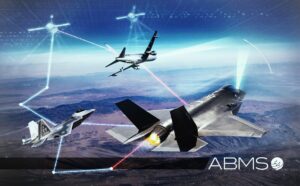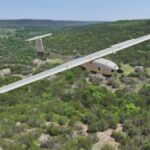
The U.S. Air Force Air Combat Command (ACC) at Joint Base Langley-Eustis, Va., is moving to fuse commercial and military satellite data for Joint All Domain Command and Control (JADC2), as the command moves away from an aircraft-centered approach to a data-centric one. "We've made some changes and continue to make changes to adapt to the new National Defense Strategy and to the JADC2 concept," Air Force Brig. Gen. Steven Gorski, director of intelligence at ACC, told a JADC2 panel…














